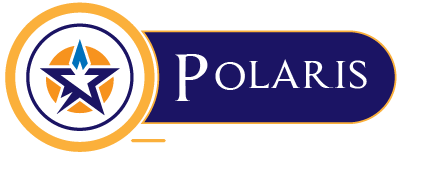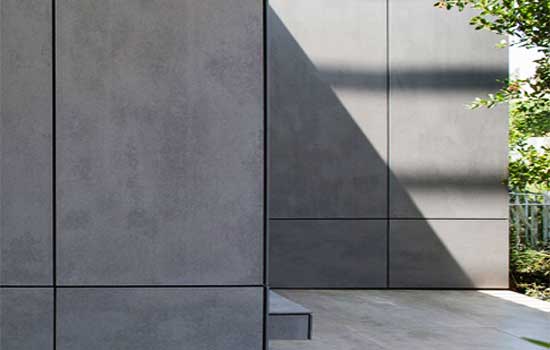Are you thinking of replacing your siding or selecting an exterior for your new home? Also, who doesn’t like stability and reliability? Fiber cement board can be the right choice for you. Yes, fiber cement board is a stable, low-maintenance, and long-lasting material that’s utilized in residential houses and some commercial projects.
The use of fiber cement boards in the construction sector has increased significantly. Trendy production methods have expanded the fiber cement board market and raised the range of design options available to homeowners despite the fact that it has been around since the 1970s. The concept has attracted a lot of interest from builders and contractors who are sourcing materials, conducting bids, and actually installing the product, as well as from homeowners who get to view it every day.
What is a Fiber Cement Board?
Fiber cement boards are also called FRC Boards. Sand, cellulose fibers, and cement are combined to create fiber cement boards, a composite material. They are constructed of Portland cement with a surface of glass-fiber mesh, to be more precise. These boards may be used independently or in confluence with plywood. They are a great option for producing high-quality, long-lasting furniture and residences because of their high level of fire, water, and termite resistance.
The Uses of Fiber Cement
Compared to other materials, fiber cement boards are more affordable, which appeals to furniture manufacturers. Additionally, because of its adaptability, fiber cement boards may be easily molded, altered, and shaped to match a variety of furniture designs, making them ideal for shelves, tabletops, cabinets, and other furniture parts. These elements play a part in the furniture industry’s rising fiber cement board market demand.
Benefits of Using Fiber Cement
Here are some of the benefits of including fiber cement boards in your construction and renovation projects:
- Durability and Longevity
- Versatility in Style
- Minimal maintenance required
- Reduce, reuse, and recycle
- Insect and animal resistant
Industry Dynamics
According to a recent study by Polaris Market Research, the global fiber cement board market was valued at USD 10.04 billion in 2022 and is expected to grow to USD 15.50 billion at a CAGR of 4.5% during the forecast period of 2032.
The Increasing Demand for Fiber Cement
The demand for diverse goods and resources is rising as the construction sector expands, along with infrastructural improvements in rich nations and population growth in emerging nations. In addition, synthetic fibers are increasingly preferred, especially when making fiber cement boards. Given their advantages in terms of performance and durability, synthetic fibers are projected to continue to be adopted at a higher rate.
Furthermore, distributors and manufacturers may also rely on specialty shops that are dedicated to the marketing and supply of building materials. These shops are experts in the field and are familiar with the different uses and applications of fiber cement boards. They act as retail outlets where customers can get the boards for their home improvement or construction projects. Distributors and specialty shops are examples of offline channels that provide clients with convenience and a physical presence to view and assess the products.
Final Thoughts
Fiber cement boards have many benefits that include resistance to moisture and weather, durability, design versatility, fire safety, eco-friendliness, and low maintenance requirements. They can also be used in construction and remodeling projects. These boards have quickly established themselves as industry standards, giving designers, architects, and builders a dependable and creative option for building sturdy and aesthetically pleasing structures. As a result, the fiber cement board market growth is expanding.

